These trees are giant, strong, majestic specimens that are prized for their nutrient-rich nuts as well as the gorgeous wood for wood-working projects. Their foliage turns a striking yellow in the fall, putting on a fantastic show.
On the downside, Black Walnut trees are pain to plant around because the tree excretes a natural substance called juglone that can suppress the growth of, or even kill, nearby plants. That’s a pretty clever evolutionary strategy to ensure the tree’s successful growth, but pretty bad news for anything else you actually want to grow near it in your garden.
Around the time I was wrestling with this particular design problem, I received a lovely copy of the book Edible Landscaping with a Permaculture Twist in the mail from first-time author Michael Judd. He saved me some research by listing great edible plants that will tolerate juglone, including:
- Goumi bush
- Persimmon
- Paw paw
- Mulberry
- Currants
- Black Raspberry
- Alpine Strawberry
- Elderberry
- Goldenseal
Judd’s book has more to offer than just Black Walnut advice. You’ll find advice on harvesting rainwater, growing specialty mushrooms, building earthen ovens and more – including a fair share of garden-fresh cocktail recipes. It’s available at every major bookseller, including my beloved Powell’s.
I was able to grab a few more ideas about plants that can handle close proximity to Black Walnut from Ohio State University’s Extension Services. Here is just a sample of some of the stellar ornamental plants they’ve observed growing well near Black Walnut (note this is based on observation, not clinical testing):
- Japanese Maple
- Eastern Redbud
- Clematis ‘Red Cardinal’
- Rose of Sharon
- Astible
- Crocus
- Daylily
- Coral Bells
Ohio State also mentioned they have had good success growing crops like melons, squash, beans and corn. Although lots of commenters have warned to avoid putting peppers or tomatoes near them. With options like these, your plant palette might be limited near a Black Walnut, but not impossible to design.
Do you have personal experience planting near a Black Walnut on your homestead? I am curious to hear what has worked or flopped for you. Tell me about it in the comments below!
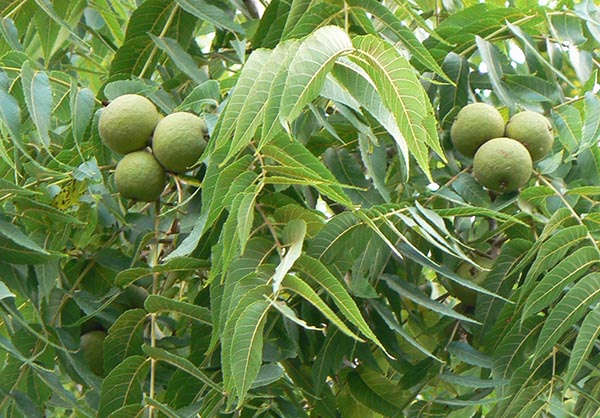
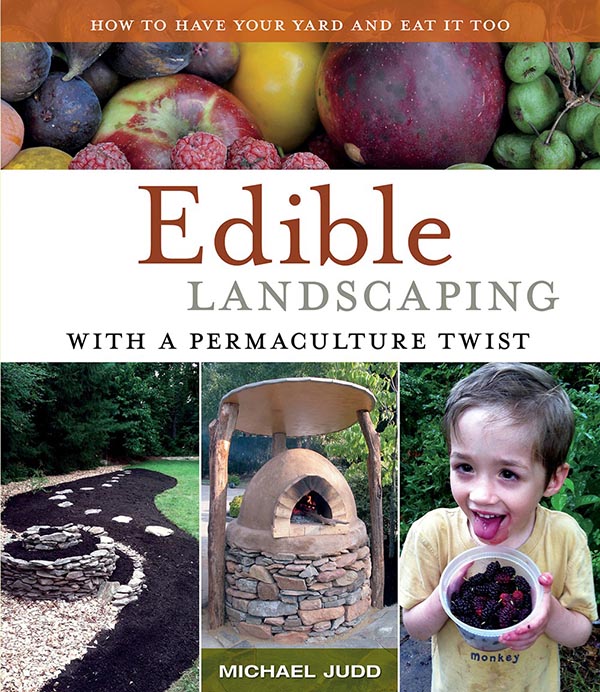
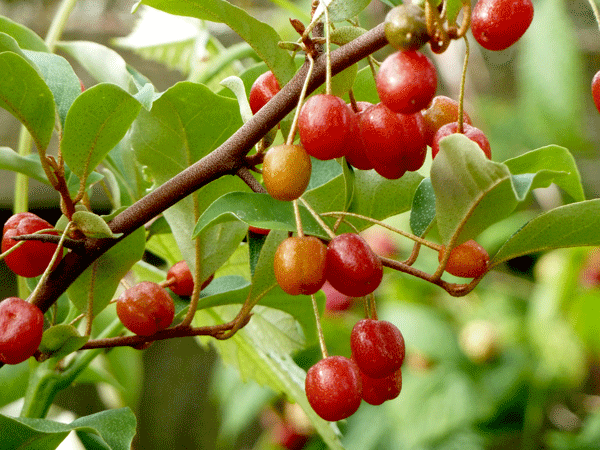

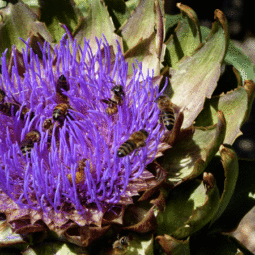
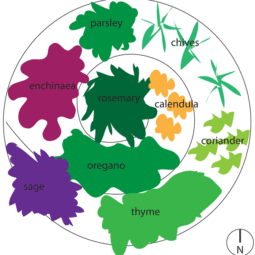
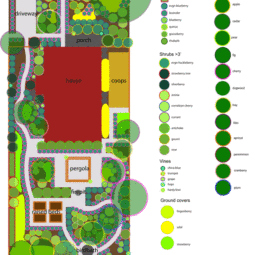
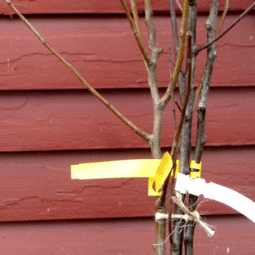

 This cluster was about the siz
This cluster was about the siz




 I start with a
I start with a

